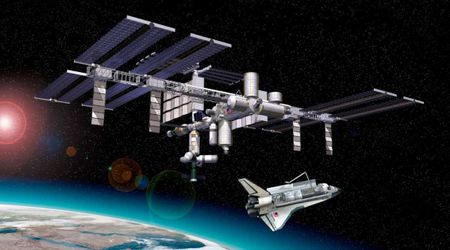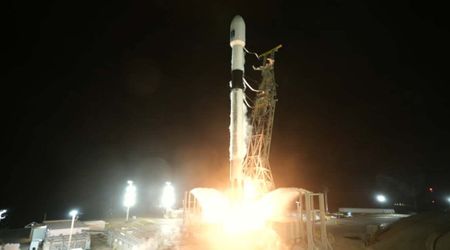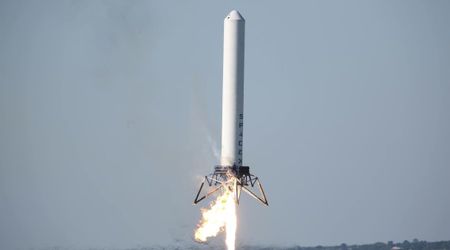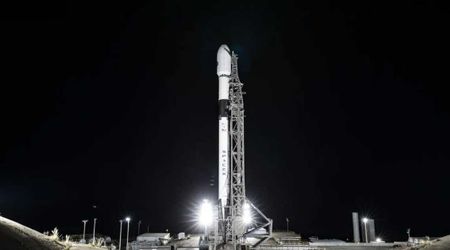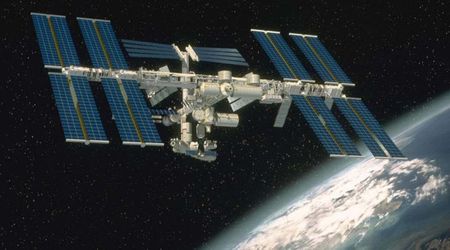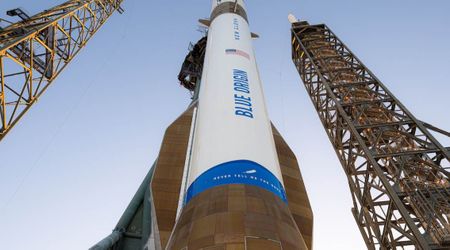China's Shenzhou-22 successfully docks with Tiangong space station, set to bring Shenzhou-21 crew home
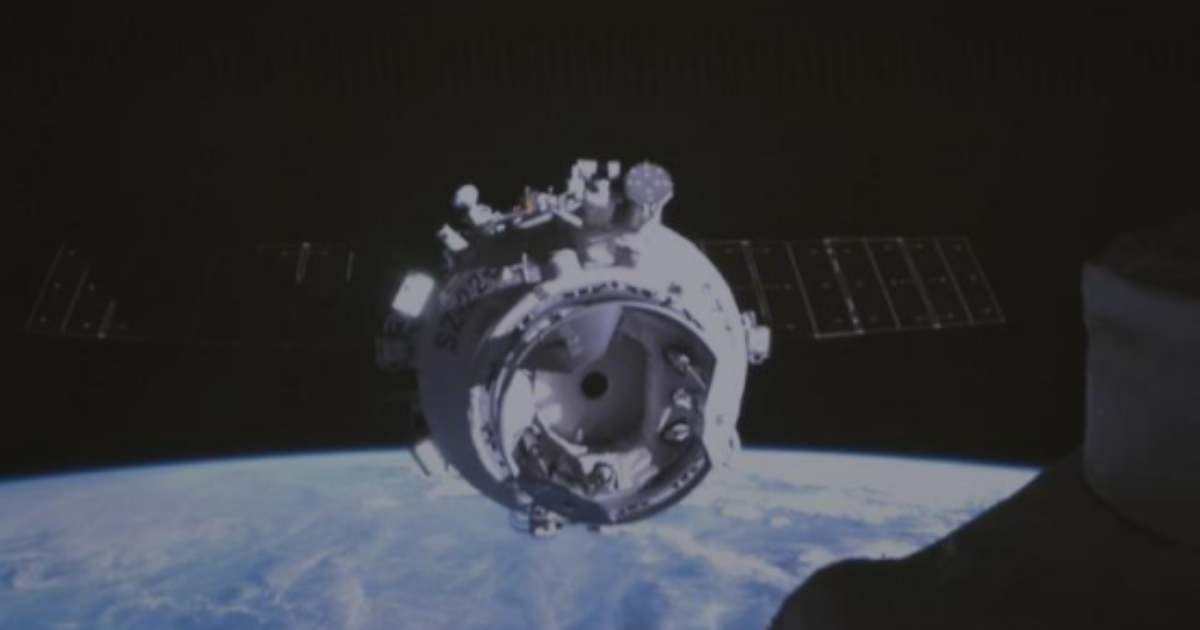
The Shenzhou-22 spacecraft successfully conducted an autonomous rapid rendezvous and docking with the Tiangong space station on November 25, demonstrating China's quick-action capabilities following a potential debris incident, according to the China National Space Administration.

The spacecraft, which successfully completed its status setup upon reaching orbit, docked smoothly at the forward port of the core module Tianhe at 3:50 p.m. Beijing time (2:50 a.m. EST). Its main role will be to serve as the return vehicle for the current astronaut crew from Shenzhou-21. The three astronauts of the Shenzhou-21 mission are carrying out their scheduled activities aboard the station in safety and good condition.
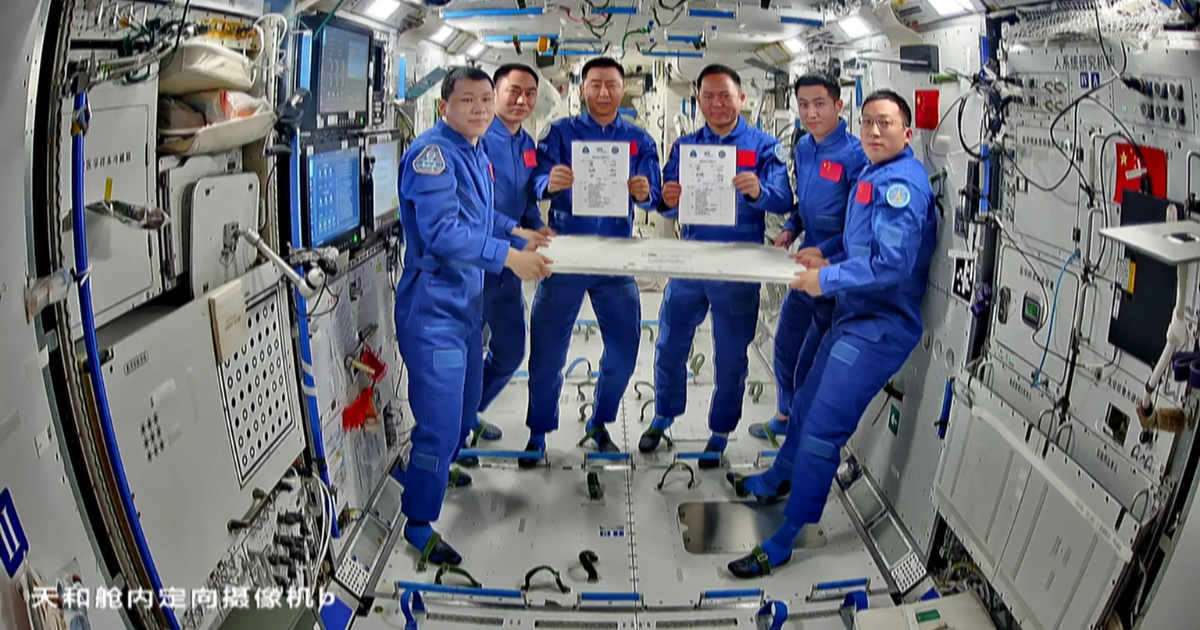
The successful docking follows an effective emergency response by the China Manned Space Engineering Office. The planned return of the Shenzhou-20 crew was delayed on November 5 due to a suspected impact from small space debris. Inspections showed that the Shenzhou-20 return vehicle had sustained damage, namely a crack in one of its windows, and thus couldn't be used for safe reentry. Mission command quickly initiated a contingency plan thereafter, thanks to which the three-person Shenzhou-20 crew finally returned safely on November 14 aboard the newly arrived Shenzhou-21 spacecraft.
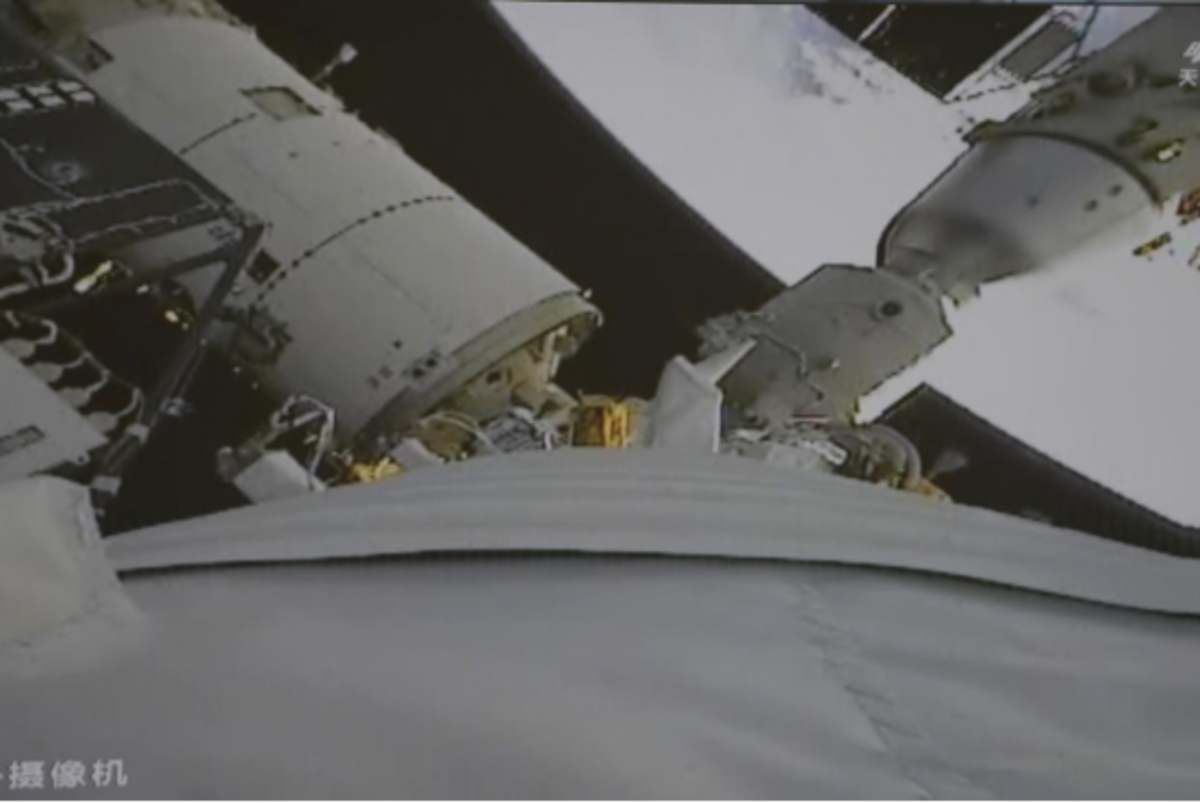
The team of the entire space program worked quickly and scientifically to overcome this problem within the span of just 20 days. This rapid and effective coordination set an important precedent for the international space community in terms of how to handle in-orbit emergencies. As per CNSA, the success of the mission showcased the power of China's centralised system and its principles of "life first, safety first" in spaceflight. It has also wholly confirmed the reliability of the country's "one launch, one backup" strategy for the space station program and proved that the team can respond rapidly in an emergency. In fact, the country has an entire Long March 2F/G rocket and a Shenzhou capsule on standby at the Jiuquan Satellite Launch Center in the Gobi Desert and can get things done fast should a launch need arise.
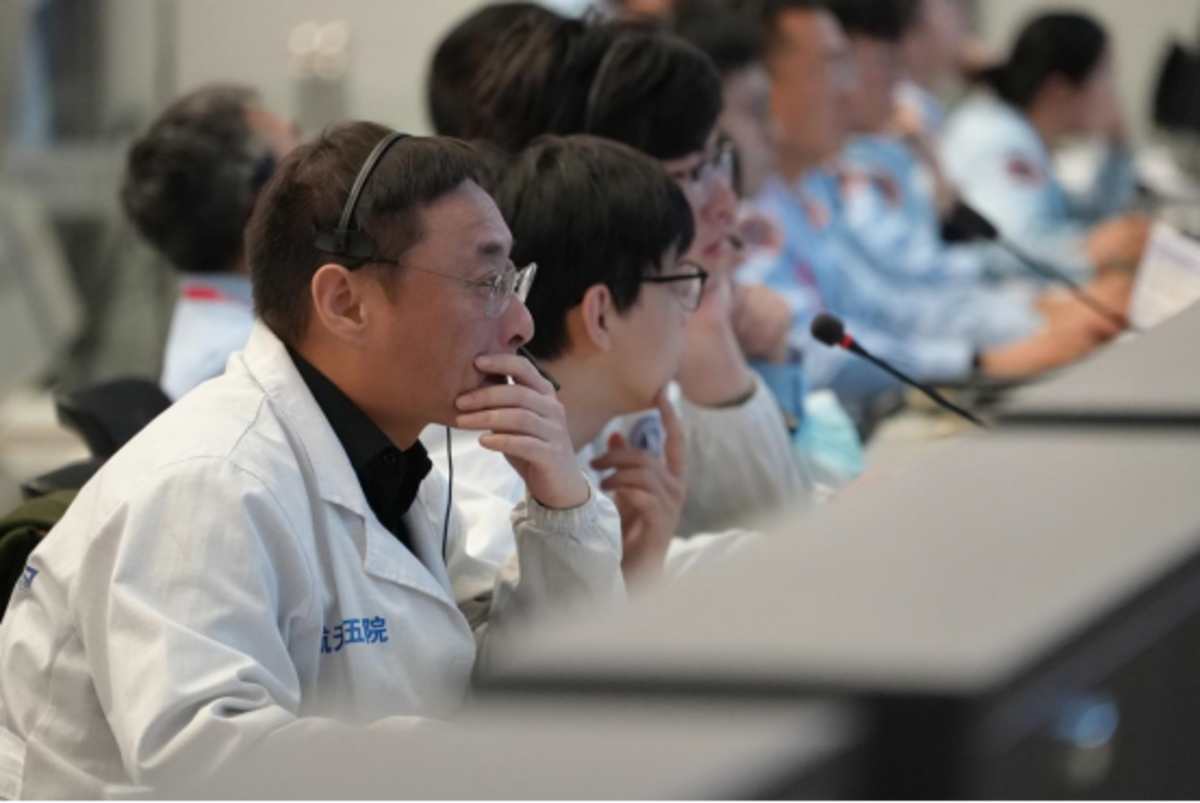
Now, while the older Shenzhou-20 spacecraft remains docked to Tiangong to conduct relevant experiments, its stay in space must come to an end in about five months. That's because the docking port that it occupies will be used by Shenzhou-23, which is expected to launch in April 2026, per Space.com.
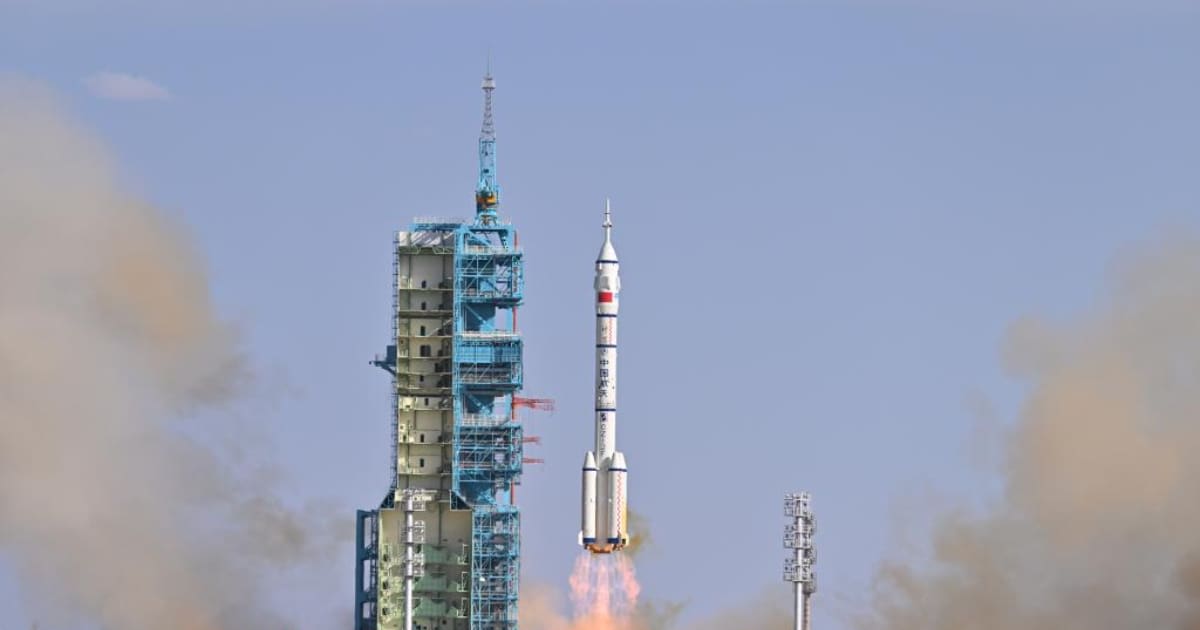
The mission currently aboard the station, Shenzhou-21, is notable not only for the crisis it averted but for its historic crew member and scientific payload. Among them is Flight Engineer Wu Fei, 32, who became the youngest astronaut China has ever launched into space, setting a new national record. Apart from the human contingent, Shenzhou-21 also carried four mice—two male, and two female—to space, thus paving the way for the first Chinese space experiments involving rodents.
More on Starlust
Shenzhou-20 astronauts make it back to Earth following delay caused by space debris
China's Shenzhou-20 crew's return may be postponed after suspected debris impact


